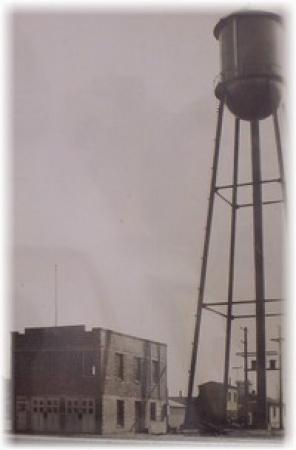1416 C Street
Livingston, CA 95334
History
David Baldwin Chedester, a wagon master of a wagon train from Iowa, is acknowledged as the first settler of Livingston in 1862. He supplied food and produce to the railroad gangs building the railroad. On November 4, 1871, the day which preceded the crossing of the Merced river by the Central (now Southern) Pacific Railway, Edward Olds, an ex-member of the railway gang, set up a saloon and clothing "store" on the banks of the Merced river. The only other existing building was a grain warehouse built in 1868 by William Little who owned 2,500 acres of land for grain and grazing. Development into a town site was stimulated by railway gang workers, gold seekers, and farmers. Before there was a town, there was only the railway station of Cressey named after the pioneer family who owned 7,500 acres.
Originally the town was to be named after the famed African explorer Dr. Livingstone whose disappearance at the time was created world-wide publicity. Mr. Little laid out the town by platting a visionary 80 blocks, 40 blocks on each side of the railroad track. He hoped the large number of blocks would make Livingston the county seat. He offered to sell lots of 25 by 125 feet for $1.00 if Livingstone were chosen. In 1872, the town lost the election for a new county seat to Merced by 200 votes. In 1873, in a petition for a new post office, the final letter "E" was inadvertently deleted and the town officially became Livingston. In 1883 Cyrus Bliven purchased all the land ownings of William Little including the unsold portions of the projected town site. He grew grain on the town site for many years. Mr. Bliven and his mansion eventually gained notoriety. First, for holding seances and spiritual meetings for guests from as far away as San Francisco and Los Angeles. Then, later as a hideaway for Bill Dalton (the infamous Dalton gang of western lore), who had married Bliven's daughter while hiding from the law authorities of Kansas. Livingston experienced a period of slow growth until land speculators and promoters such as the Hunter Land Company began to extol the virtues of the area to land hungry families from as far away as Iowa. This followed the granting of rights-of-way through the Bliven's land for irrigation purposes in 1908. By 1909, water was on the land. Because of irrigation, Livingston was able to achieve a period of steady growth. Livingston was incorporated in 1922 with Charles Ottman as its first mayor.
Agriculture has been its primary industry. The grape industry and later vineyards then Gallo wineries have achieved world wide prominence as do the sweet potato and almond industries. Livingston is the world headquarters for Foster Farms and has the largest chicken slaughter house and processing plant in the world within the city limits. Diversity of our citizens is a trademark feature. Our Mexican population with its historical presence in the area is the dominant ethnic group. The Yamato colony, the only Japanese colony in America, have become successful land owners. The Portuguese from the Azore Islands are prominent in the dairy industry and in sweet potato farming. Filipinos filled a void for farm labor. Mennonites found a religious haven and remained as family farmers. More recently, Sikhs of India have arrived. Livingston has had a historically exciting past and looks forward to an even more promising future!

